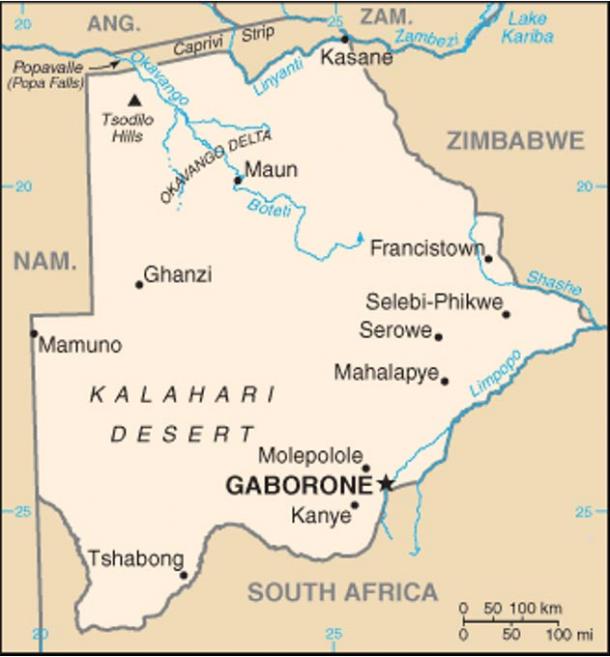

| Online: | |
| Visits: | |
| Stories: |

| Story Views | |
| Now: | |
| Last Hour: | |
| Last 24 Hours: | |
| Total: | |
The Louvre of the Desert: The Impressive Rock Paintings of Tsodilo, Botswana

Tsodilo (also referred to as the Tsodilo Hills) is a site in Botswana that contains one of the highest concentrations of rock art in the world. It has been claimed that in an area of just 10 square km (6.21 square miles), more than 4000 or 4500 individual paintings (scattered over 400 rock art sites) have been found. As a result, Tsodilo has been referred to as the ‘Louvre of the Desert’.
The archaeological record of Tsodilo provides a chronological account of human activities and changes in the environment over at least 100,000 years, though not continuously. Thus, the rock paintings at this site span from the Stone Age all the way until the 19th century AD. It has, however, been pointed out that these paintings have not always been dated accurately.
The “Family” of Tsodilo
Tsodilo is situated in the Okavango Sub-District, Ngamiland District, northwestern Botswana, and is close to the country’s border with Namibia. This site lies in the Kalahari Desert, and is made up of huge quartzite rock formations. To the east of Tsodilo are ancient sand dunes, whilst to its west is a dry fossil lake bed. The Tsodilo range is made up of four main outcrops, and is revered as a sacred site in the landscape by the indigenous peoples who live in the area.

Map of Botswana. (Public Domain)
www.Ancient-Origins.net – Reconstructing the story of humanity’s past
Source: http://www.ancient-origins.net/ancient-places-africa/louvre-desert-impressive-rock-paintings-tsodilo-botswana-005433


